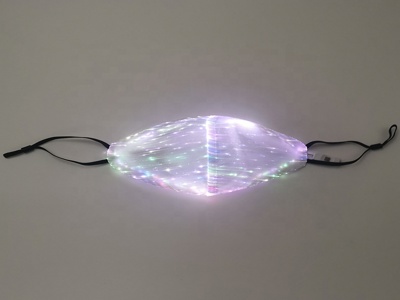
В современном мире, где технологии стремительно развиваются, прочность и долговечность материалов играют ключевую роль в различных отраслях, от аэрокосмической инженерии до строительства и медицины. Одним из самых инновационных прорывов последнего десятилетия стало внедрение трехмерных извилистых фибр, которые кардинально улучшают механические свойства композитных материалов. Эта статья подробно исследует, как эти уникальные волокна преобразуют наше понимание прочности, предлагая научные объяснения, практические примеры и взгляд в будущее.
Трехмерные фибры, или 3D волокна, представляют собой сложные структуры, которые интегрируются в матрицу материала для усиления его свойств. В отличие от традиционных двумерных волокон, которые располагаются в одной плоскости, трехмерные фибры образуют пространственную сеть, что позволяет равномерно распределять нагрузки и предотвращать расслоение. Извилистая форма этих волокон добавляет дополнительную гибкость и устойчивость к деформациям, делая материалы не только прочнее, но и более durable.
Прочность материалов определяется их способностью выдерживать внешние силы без разрушения. Трехмерные извилистые фибры работают на микроскопическом уровне, создавая interlocking эффект. Когда материал подвергается нагрузке, эти волокна изгибаются и скручиваются, поглощая энергию и распределяя напряжение по всей структуре. Это снижает концентрацию напряжений, которая часто leads to failure в обычных материалах. Исследования показывают, что такие фибры могут увеличить прочность на растяжение до 50% и улучшить ударную вязкость, что делает их идеальными для критических применений.
Производство трехмерных извилистых фибр involves advanced techniques such as electrospinning, 3D printing, and nanotechnology. Electrospinning allows for the creation of nanofibers with controlled curvature, while additive manufacturing enables the precise placement of fibers in three dimensions. These processes often use polymers, carbon, or ceramic materials, tailored to specific applications. For instance, in aerospace, carbon-based 3D fibers are used to create lightweight yet strong composites that reduce fuel consumption and enhance safety.
В аэрокосмической отрасли, где вес и прочность являются критическими факторами, трехмерные извилистые фибры revolutionize component design. Они используются в крыльях самолетов, фюзеляжах и даже в космических кораблях, обеспечивая устойчивость к экстремальным температурам и давлениям. Пример: компания Boeing внедрила такие материалы в новые модели, что привело к снижению веса на 20% и увеличению срока службы.
В строительстве эти фибры enhance concrete and steel composites, making structures more resilient to earthquakes and other natural disasters. By incorporating 3D fibers, engineers can create smarter buildings that require less maintenance and have a longer lifespan. Cities like Tokyo and San Francisco are already adopting these technologies in skyscrapers and bridges, showcasing real-world benefits.
В медицине трехмерные извилистые фибры используются в имплантатах и тканевой инженерии. Их ability to mimic natural tissues improves biocompatibility and reduces rejection rates. For example, spinal implants made with these fibers offer better support and faster healing times, transforming patient outcomes.
Автопроизводители leverage 3D fibers to create lighter and safer vehicles. By reducing weight, cars become more fuel-efficient, while the enhanced strength protects passengers in collisions. Brands like Tesla and Toyota are at the forefront, integrating these materials into frames and batteries.
В энергетическом секторе эти фибры используются в wind turbine blades and solar panels, improving efficiency and durability. Additionally, they contribute to sustainability by enabling longer-lasting products that reduce waste. This aligns with global efforts to combat climate change through innovative material science.
Основные преимущества трехмерных извилистых фибр включают: повышенную прочность, lightweight properties, enhanced flexibility, and improved fatigue resistance. Однако существуют и challenges, такие как высокая стоимость производства, необходимость в специализированном оборудовании, и сложность масштабирования для массового рынка. Тем не менее, ongoing research is addressing these issues, with predictions that costs will decrease as technologies mature.
Будущее выглядит bright для трехмерных извилистых фибр. Ученые explore smart materials that can self-heal or change properties in response to environmental stimuli. Integration with AI and IoT could lead to materials that monitor their own health and predict failures. Furthermore, advancements in biodegradable fibers promise eco-friendly solutions, reducing the environmental footprint.
Трехмерные извилистые фибры представляют собой groundbreaking innovation that is reshaping material science. By enhancing strength, durability, and versatility, they open new possibilities across industries. As research continues and technologies evolve, we can expect these fibers to become ubiquitous, driving progress toward a safer, more efficient, and sustainable world. Embracing this revolution is not just an option—it's a necessity for future development.
Эта статья лишь scratches the surface of this fascinating topic. For those interested in diving deeper, we recommend exploring academic journals and industry reports on composite materials and nanotechnology.